
The Business of Fashion
Agenda-setting intelligence, analysis and advice for the global fashion community.

Agenda-setting intelligence, analysis and advice for the global fashion community.
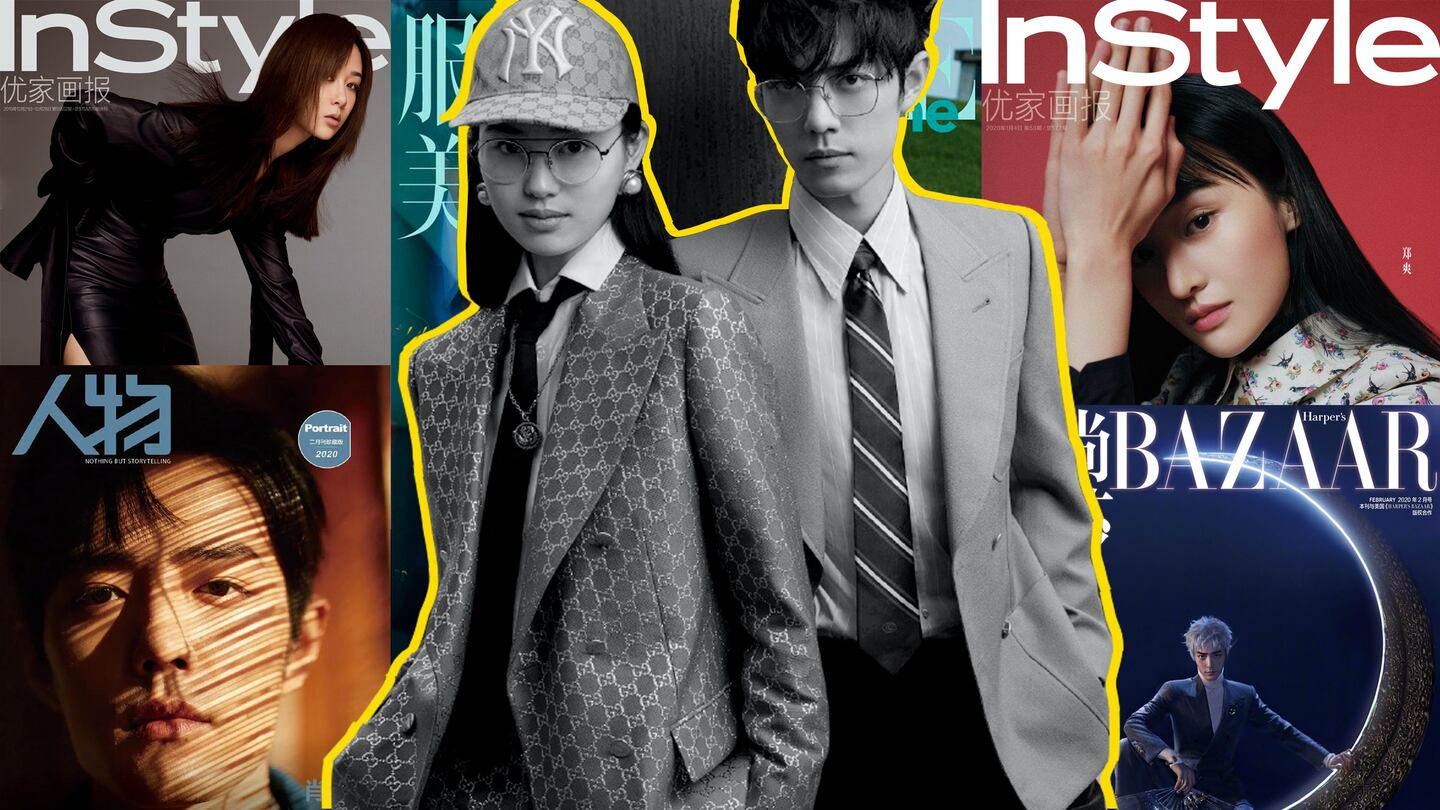
SHANGHAI, China — Drops have changed the way we shop. In recent years, the practice of setting alarms and standing in (physical or virtual) queues for a limited-edition release has transcended brands like Supreme to become a hallmark of streetwear's unrivalled influence over fashion and luxury.
But in the world's largest market, the model commonly used to launch lipsticks and T-shirts has been adopted by China's fashion media, for magazine issues fronted by popular (usually male) pop idols. While idol partnerships certainly aren't new, what is new is the way publishers distribute their imagery into virtual 'drops.'
The question is, could the formula be a lasting antidote for publishers facing a tumultuous print and media landscape, or just another quick fix?
The cover shoot from the February issue of Vogue Me — Vogue China's bi-monthly publication targeted at the country's 'Post-'90s' generation — is a celebration of television star and Gucci front-row favourite Xiao Zhan, clad head-to-toe in the luxury brand's wares from wire-framed specs to white leather sneakers. On January 16, Vogue Me's Weibo account published a close-up portrait from the story with news that the glossy would be available for pre-orders via Taobao the following day at 10am.
ADVERTISEMENT
The post drew over 56,451 shares and 13,759 comments from netizens keen to get their hands on the magazine. “I hope everyone plays nice and buys the amount they need, let’s not fight over them,” said user @我有一只很听话的柴柴哦. “I’m only worried that this is a limited-edition release... please don’t let it be, as I won’t be able to grab one,” said @万年雪山boss.
Vogue Me opted to print 100,000 copies of the issue, with 90,000 featuring Xiao alone and 10,000 of the star alongside equally Gucci-clad model Estelle Chen, according to local media outlets. (Vogue Me did not respond to BoF's request for comment.) Some Weibo users lamented that they weren't able to buy their copies in time; other fans posted screenshots of their order receipts, victorious.
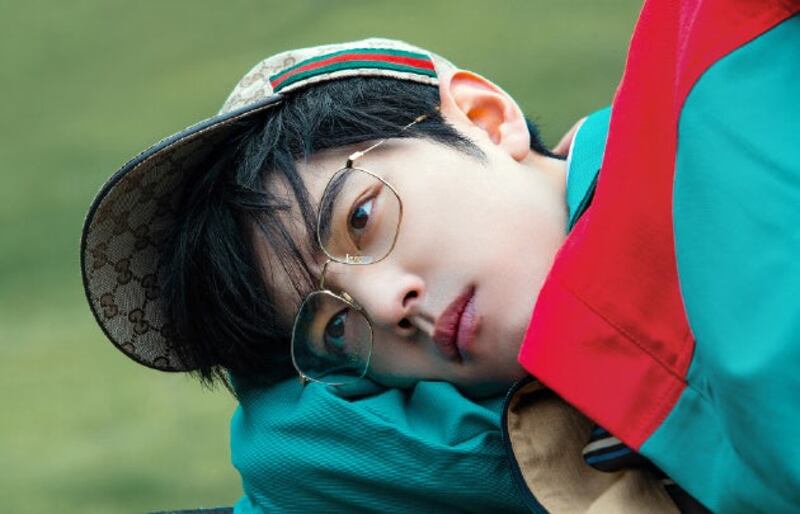
An image from Xiao Zhan's Vogue Me cover shoot | Source: Vogue Me's Weibo Account
But Vogue Me isn't the first publication to test out the drop model and Xiao alone has fronted three sold-out issues this month. The release of Harper's Bazaar China's February issue reportedly broke the magazine's sales records when 30,000 copies (including a signed poster) were made available for pre-sale and sold out in 18 seconds. Not long before that, Renwu (China's answer to Time magazine) announced that their February issue (also featuring Xiao) would be available for pre-orders for one hour on January 8.
According to e-commerce giant Tmall, Renwu's sales during its Spring Festival promotional period hit 13.5 million yuan (around $1.95 million) and fans bought over 100,000 copies of the issue in the first three seconds. The data was published with an article titled, "Idol Culture is Bringing Print Media Back From the Dead."
Indeed, China's top fashion publications have not been immune to the struggles plaguing players around the world. Amid the medium's digitisation (alongside, for many, a pivot to lucrative younger readers), exits from industry stalwarts and a limited local talent pool have cast a shadow over the mainland's once-buoyant print media landscape.
Another method that the likes of Harper's Bazaar China and Esquire China are using to boost revenues is to launch digital-only mini-editions that retail for six yuan ($0.86) each, which readers can purchase and read through WeChat. These, too, are celebrity-driven to the extent that there are options for fans to buy 500 issues at 3,000 yuan (around $432) to show their support for particular idols.
As fashion media becomes hyper-targeted to stay relevant with younger audiences, revving up the star power and exclusivity factor helps move the needle in an increasingly crowded market. Just ask Yoyo Lu, editor-in-chief of InStyle China, which began experimenting with drops last year and in January released a limited-edition cover featuring actress Zheng Shuang. "Sales increased significantly, as well as the hype and media buzz around the release — it makes a big difference," Lu tells BoF.
ADVERTISEMENT
While fans have long purchased covers featuring their favourite idols, timed limited-edition releases amplify the desirability and collectability of print editions to new, lucrative, heights. “Magazine drops will be a way for fashion media and brands to target consumers more quickly and respond in a faster way to trends emerging on social media,” says Ben Cavender, Shanghai-based principal at China Market Research Group. To Lu, the trend signals an underlying shift in content consumption as social media platforms highlight viral posts over deep dives.
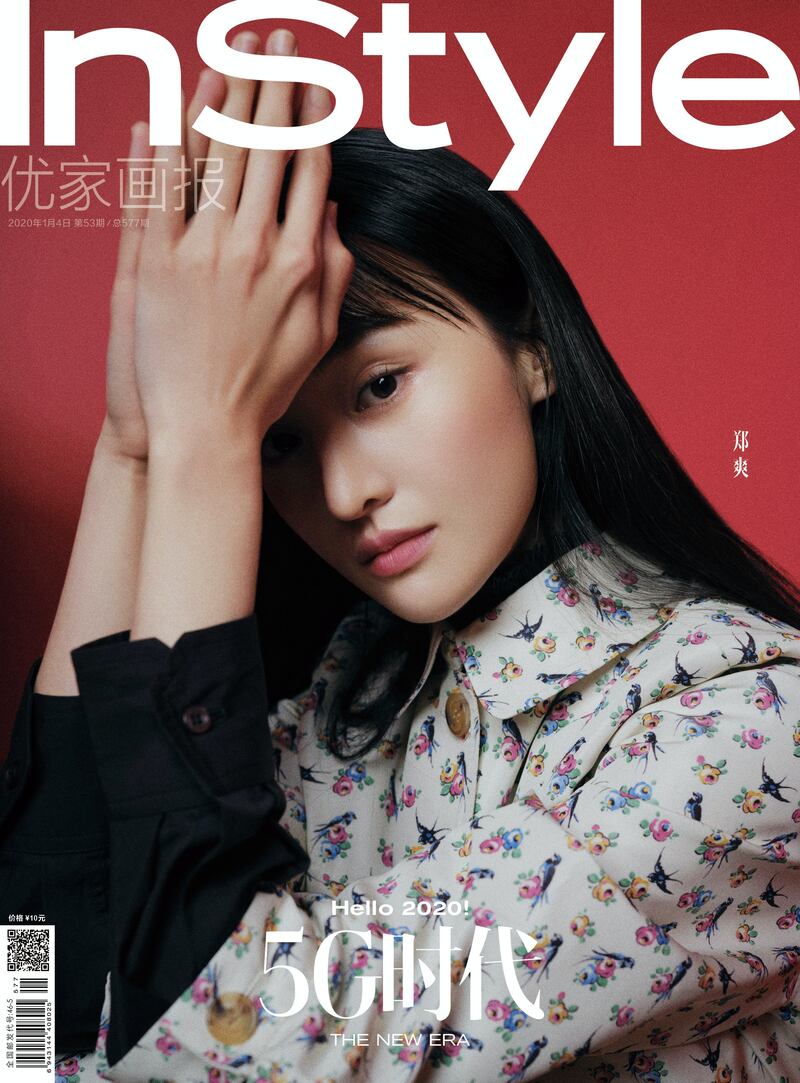
Zheng Shuang on InStyle China's January 2020 issue | Source: Courtesy
Besides direct sales for publishers, luxury brands can stand to benefit from dressing the likes of Xiao on sold-out covers. The likely impact of the drop model on luxury brands is both higher required levels of investment and higher potential returns. In the mainland, where “every single page, even the cover story [is for sale],” magazines will likely up the price of sponsored features and shoots in soon-to-be hit issues.
Existing celebrity-brand relationships — like Xiao's ongoing ties with Gucci — could make cover moments a more valuable asset to ambassadorship contracts than ever before. Where it is common for Chinese publications to style celebrity cover stars in wares from their brand partners (a case in point being Burberry ambassador Zhou Dongyu's recent Harper's Bazaar China cover), the hype around limited-edition covers will likely see the trend continue. (Austin Wang, the stylist for Vogue Me's cover shoot, did not respond to BoF's request for comment.)
Looking globally, Cavender reckons that though the model could translate in idol-driven markets like South Korea or Japan, the cooler relationships western fans have with celebrities make it difficult to produce comparable results in other markets. “[Japan and South Korea] could definitely tap into this,” echoes Lu. “But the regulations in print and publishing might differ, so perhaps that’s why they haven’t experimented with it as much as we have.”
We can see an immediate difference the next month if our cover star is less popular.
Pairing drops and idols may drive sales, but Lu is dubious that the strategy will be a lasting boon for Chinese publications. “I don’t think it’s sustainable… viral idols have a one-off impact on traffic, sales and media buzz, and we can see an immediate difference the next month if our cover star is less popular.” Even so, in the wake of Xiao’s record-breaking triple-cover month, its adoption is likely to become more widespread.
China’s “super fan culture” is by far a richer opportunity for companies to leverage star power than most, says Vanessa Wu, Director at Shanghai-based luxury marketing agency Reuter Communications.
Last September, French title Jalouse re-launched its Chinese edition (following a lukewarm debut in 2013, its social media accounts stopped posting the following year). But rather than linking arms with a traditional media brand, it opted to partner with local fan community platform and digital marketplace OWhat, which serves as a social media and e-commerce hub for users to bond over their celebrity obsessions and buy or sell idol merch. The platform cashed in over $140 million from user transactions in 2019.
ADVERTISEMENT
Ties to Asia's biggest entertainment groups and data on the idols of the moment could see Jalouse blaze a trail for youth-focused publications, while tapping into the drop model could resonate with its streetwear-loving Post-'90s audience. But as is the case for any brand-celebrity relationship in the mainland, the stakes are high.
Cavender notes that brands risk oversaturation when, like Xiao’s triple-cover month, consumers see the same faces over and over again. “There is also the risk that consumers start to feel they are just seeing the same content they are reading about on social media pushed back at them.”
Fan service can also have the reverse effect for well-meaning titles. “You had better get it right in the eyes of the superfans,” says Wu, noting that backlash has ensued where fans “deem the collaboration unworthy of their idol or not in tune with how they like to see them portrayed in the media.”
Last May, fans and fashion commentators took issue with Vogue Me's Tim Walker-esque editorial featuring young stars from the hit reality show Produce Camp 2019. "I've seen every season of the show, but I don't recognise anyone in these photos," Weibo user @DoubleT踢踢 commented. "How do you ruin idols? Just ask Vogue Me to shoot an editorial with them," wrote blogger Gogoboi.
Work with an idol in China is as if you are working with your own true love.
Publications looking to follow suit need to consider the bigger picture to avoid establishing tenuous ties with the faces of the moment. Who are the idol’s fans, and are their followers aligned with the publication's core community? Do the star’s values tie in with the media brand's? Wu says that these are questions magazines should be asking themselves constantly to create collaborative and effective content.
Meanwhile, creative directors should aim to hit the sweet spot between experimentation and consistency to show fans a new side of the idols they know and love.
“Work with an idol in China as if you are working with [your] own true love — the collaboration must be in sync with their image and values.”
Ultimately, a celebrity-forward direction should form only part of a magazine’s overall strategy. Like in any other fashion market, Chinese publications that become over-reliant on star powers may end up eroding their other content and overall brand. “It’s going to become obvious that they lack other creative ideas,” says Wu. “Picking one concept now and then relying on it for the long term can’t work in China, as the market and consumer tastes change so fast.”
For Lu, the trend is an urgent wake up call for fashion print media. “We need to work harder to produce content that can’t be replicated or replaced by digitally native companies, editorial or otherwise, or we’ll get eliminated,” she says.
“Every media company is pivoting at the moment but staying true to your identity and positioning is crucial. We need to keep our fingers on the pulse while doing what we do best.”
时尚与美容
FASHION & BEAUTY
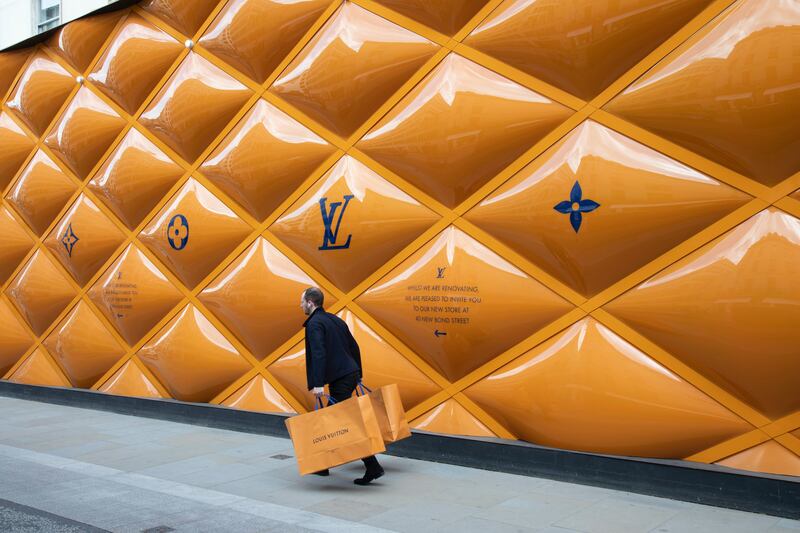
Louis Vuitton on New Bond Street in Mayfair, London | Source: Getty Images
Global, Homegrown Giants Step Up as Coronavirus Spreads
As the coronavirus epidemic spreads rapidly and Chinese authorities struggle to satisfy an overwhelming demand for protective medical gear, both local and European luxury players are taking action to support mainland consumers. On January 27, LVMH announced its plans to donate 16 million yuan (nearly $2.3 million) to the Chinese Red Cross Foundation to deal with a shortage of medical supplies in Wuhan, where it has temporarily shut down stores. Meanwhile, rival Kering will contribute 7.5 million yuan ($1.1 million) to Red Cross operations in the heavily impacted province Hubei, and beauty giants L'Oréal and Estée Lauder pledged 5 million yuan ($720,000) and 2 million yuan ($300,000) respectively. At home, Alibaba has pledged 1 billion yuan (around $144 million) and prohibited Taobao vendors from upping prices on face masks, joining local companies from Tencent and Baidu to Anta and Peacebird in making sizeable contributions to the cause. (Jing Daily)
China’s Influencers are Moving House. So What?
科技与创新
TECH & INNOVATION
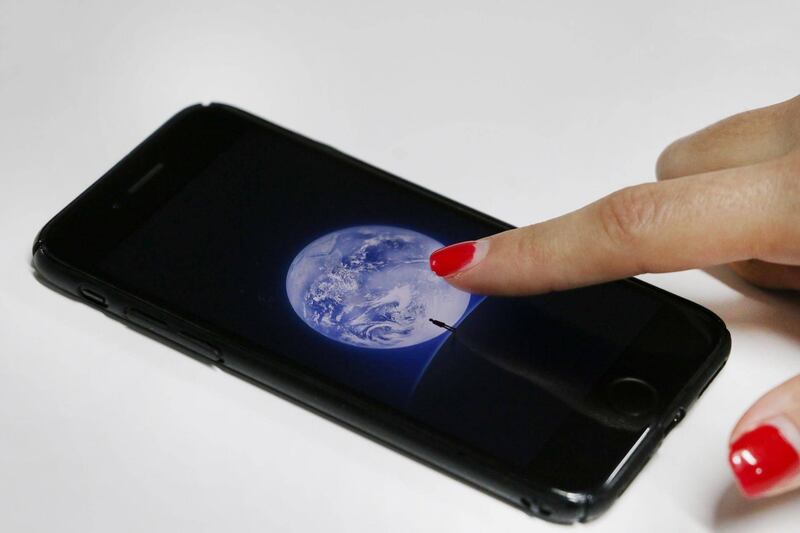
WeChat | Source: Macau Photo Agency on Unsplash
WeChat Takes on TikTok, Trials Short Video Feature
Snubbing Washington, UK Gives Huawei the Green Light
On January 28, it was announced that the UK government will allow controversial Chinese tech company Huawei to play a limited role in supplying the country's 5G networks. According to an official statement, the number of tight restrictions on "high risk" vendors will allow the UK to mitigate cybersecurity threats. The news ends months of uncertainty that some feared would erode competitiveness and foreign relations in the country, and is a snub to Washington following months of lobbying and warnings that the US would sever intelligence sharing with its European ally if Huawei was not banned. The decision also poses a risk to British Prime Minister Boris Johnson as the country readies itself to leave the European Union on January 31 and hopes to strike a transatlantic trade deal. (Techcrunch)
消费与零售
CONSUMER & RETAIL

People in white medical face masks | Source: Shutterstock
China’s Face Mask Frenzy Takes Flight
As anxiety mounts over the coronavirus' rising death toll, highly in-demand medical-grade face masks are becoming a lucrative source of sales for pharmacies and producers in China and abroad. On online marketplace Taobao, the price of 20 masks multiplied more than sixfold from 178 yuan (around $26) last November to 1,100 yuan ($158) on January 21 — the platform alone sold 80 million masks on January 20 and 21. Mask manufacturers and sellers are benefitting from the frenzy: 3M, China's most popular mask brand, added $1.4 billion in market value between December 30 and January 24, during which American conglomerate Honeywell added $500 million in market value. Meanwhile, China's rubber-glove and hand sanitiser producers and companies are rumoured to be developing a vaccine for the virus have also seen their stock prices rise. (Quartz)
Why Chinese E-Commerce is Flooded with Quantum Products
政治、经济、社会
POLITICS, ECONOMY, SOCIETY

Boxes at an e-commerce warehouse facility | Source: Shutterstock
Coronavirus Outbreak: Travel, Retail Stocks Plummet, E-Commerce Soars
What’s Wrong with China’s Queer Eye Clone?
China Decoded wants to hear from you. Send tips, suggestions, complaints and compliments to zoe.suen@businessoffashion.com.
With consumers tightening their belts in China, the battle between global fast fashion brands and local high street giants has intensified.
Investors are bracing for a steep slowdown in luxury sales when luxury companies report their first quarter results, reflecting lacklustre Chinese demand.
The French beauty giant’s two latest deals are part of a wider M&A push by global players to capture a larger slice of the China market, targeting buzzy high-end brands that offer products with distinctive Chinese elements.
Post-Covid spend by US tourists in Europe has surged past 2019 levels. Chinese travellers, by contrast, have largely favoured domestic and regional destinations like Hong Kong, Singapore and Japan.